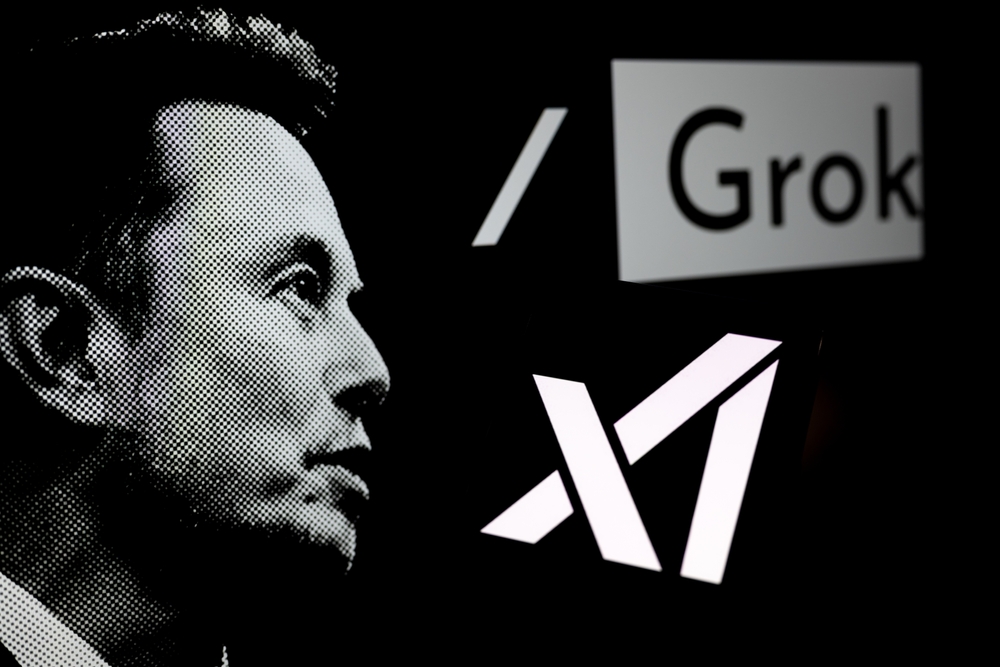The latest version of Elon Musk’s Grok AI model cost nearly $500 million to train and consumed enough energy, water, and resources to match the needs of an entire small city.
Others are reading now
The latest version of Elon Musk’s Grok AI model cost nearly $500 million to train and consumed enough energy, water, and resources to match the needs of an entire small city.
Training Grok came at a massive cost
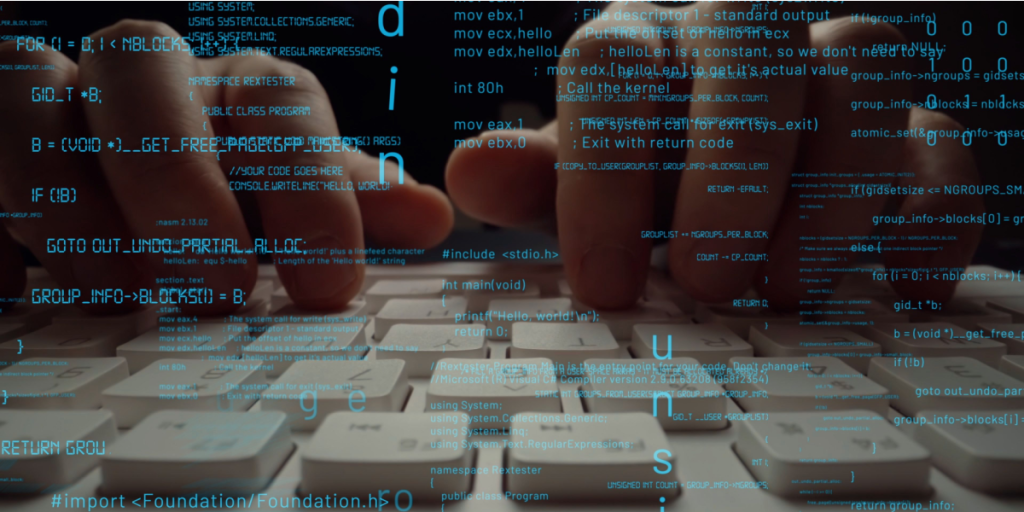
Developed by Musk’s xAI, Grok 4 cost $490 million to train using supercomputers running nonstop for months—equivalent to 246 million computing hours.
Enough electricity to power a city
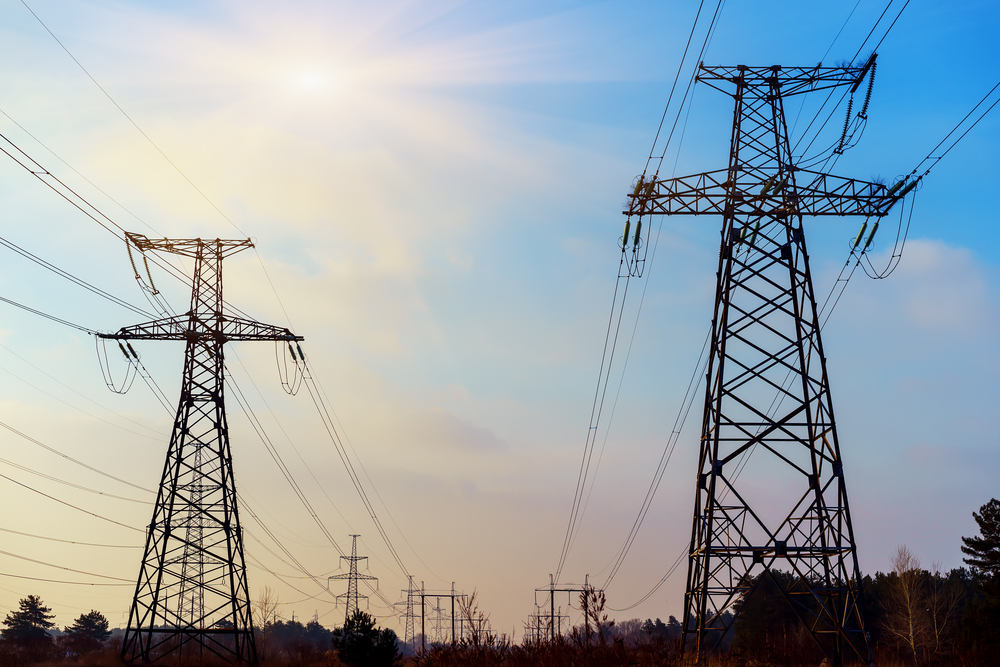
Training the model required 310 gigawatt-hours of electricity—enough to supply 4,000 people for a year. The power demand reflects the growing resource burden of cutting-edge AI.
Emissions equal to a Boeing’s three-year flight
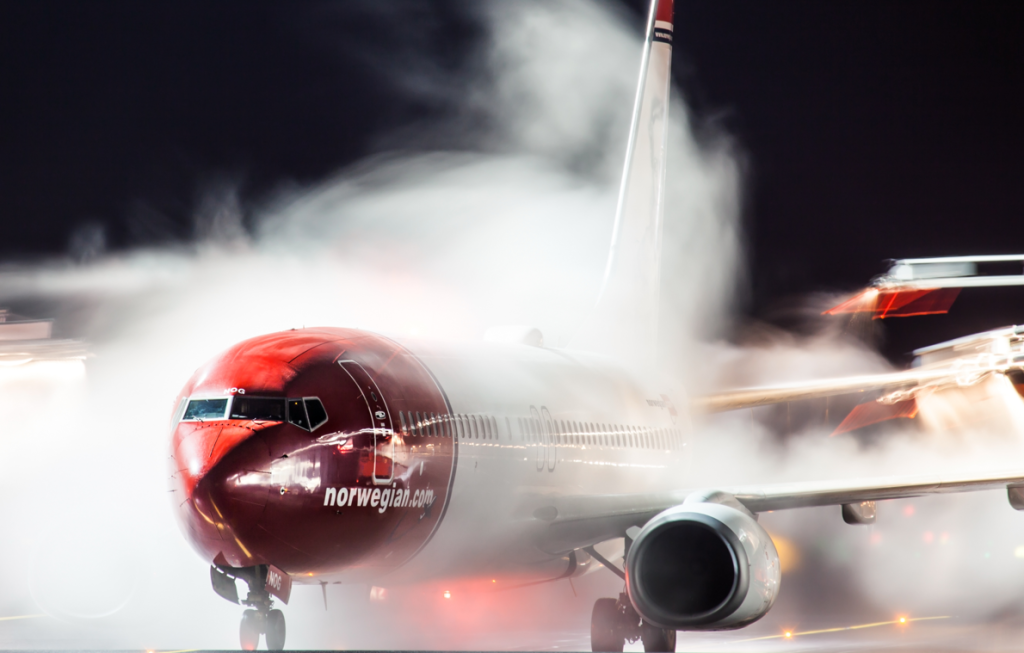
The carbon footprint of training Grok 4 reached 154,000 tons of CO₂, comparable to what a commercial Boeing airplane emits over three years of flights.
300 Olympic pools’ worth of water

Cooling the data centers and running power systems took 754 million liters of water—enough to fill around 300 Olympic-sized swimming pools.
Also read
Colossus supercomputer powered the effort

xAI relied on its Memphis-based “Colossus” supercomputer to train Grok. The facility is equipped with Nvidia H100 GPUs and is powered by natural gas generators.
Grok 4 Fast reduces resource use
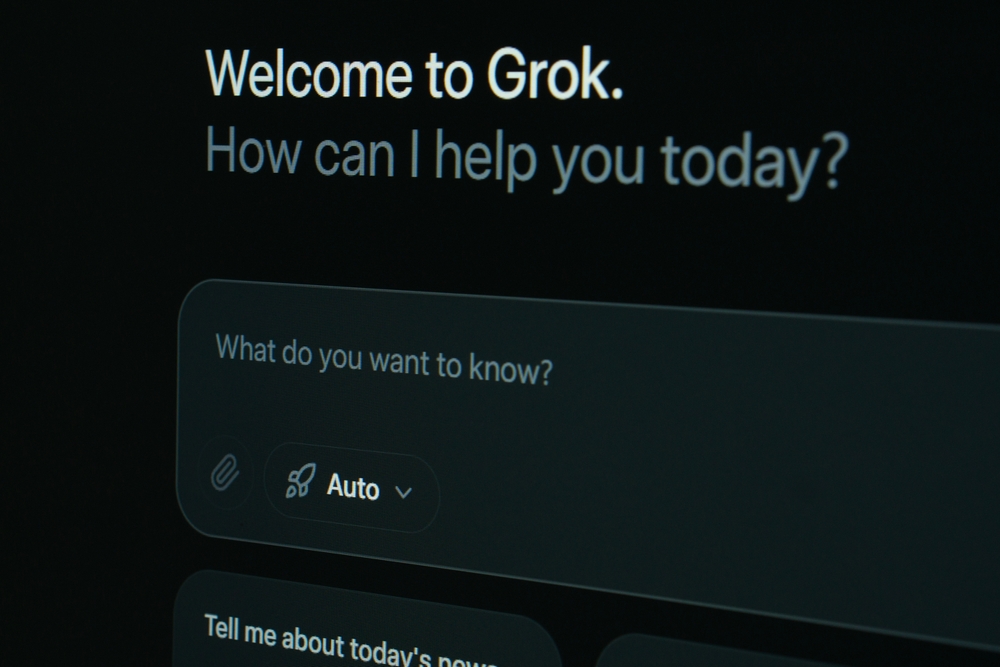
To address sustainability concerns, xAI released Grok 4 Fast—a streamlined model that uses 40% fewer thinking tokens and costs 98% less to operate, while maintaining strong performance.
Real-time web search capability added
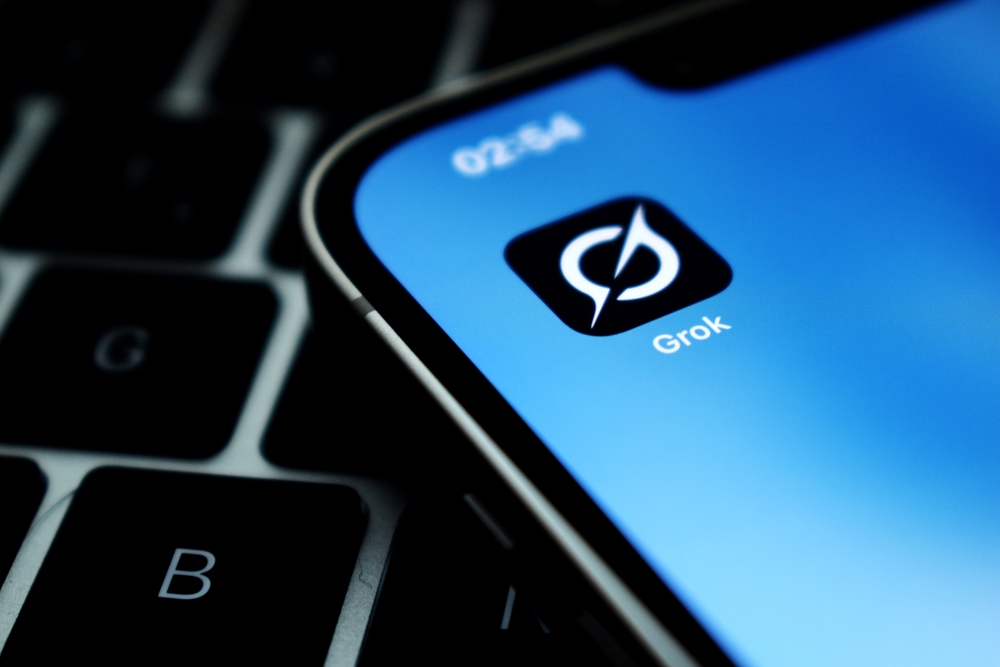
Grok 4 Fast can now browse the web and the X social platform in real time, thanks to integrated “agentic search” features, boosting its ability to deliver up-to-date answers.
Outperforms rivals in testing
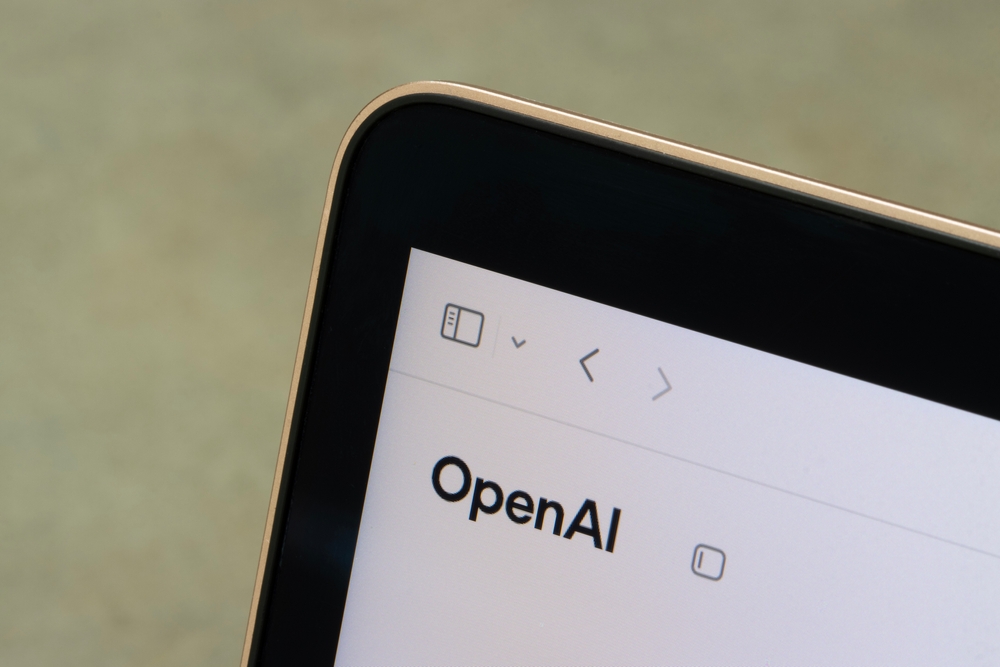
In independent benchmarks, Grok 4 Fast showed higher efficiency and intelligence density than models like OpenAI’s o3 and Google’s Gemini 2.5 Pro.
Available to all X users
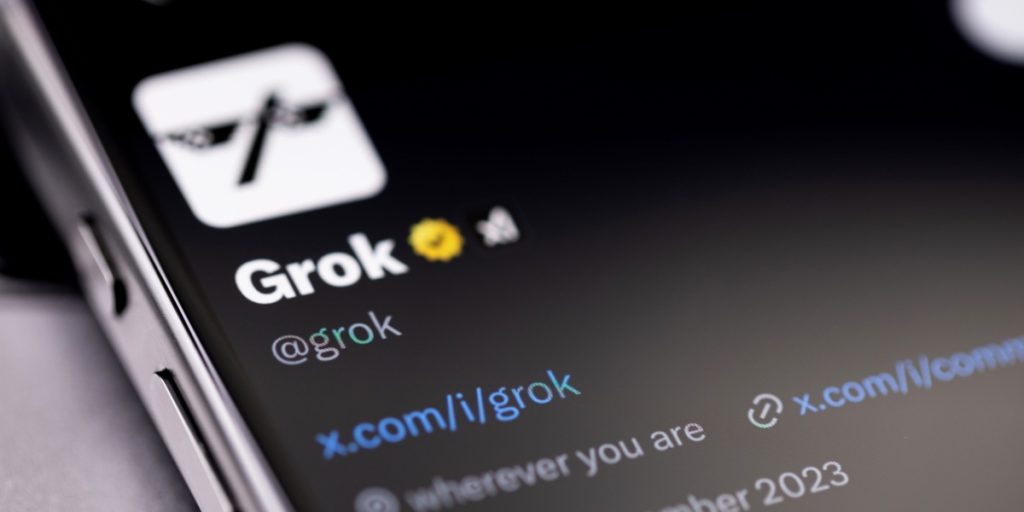
xAI has rolled out Grok 4 Fast on both Android and iOS, aiming to bring high-level AI features to a broader audience while reducing operational costs.
Also read
Criticism over bias and misinformation
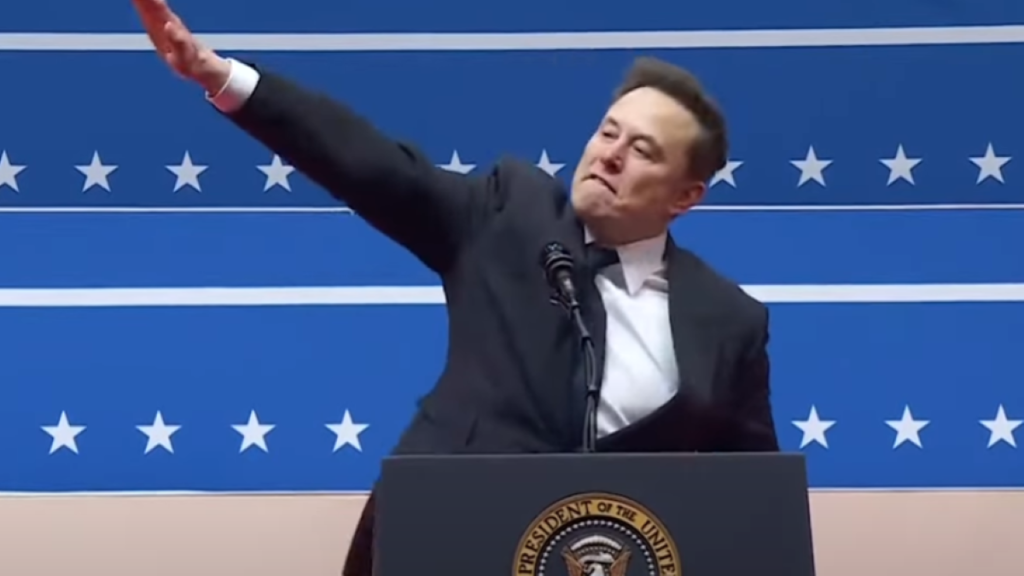
Grok has come under fire for spreading misinformation, promoting harmful right-wing narratives, aligning with Elon Musk’s own statements, and amplifying content that critics say threatens minority groups and public trust.
The AI sustainability and safety dilemma
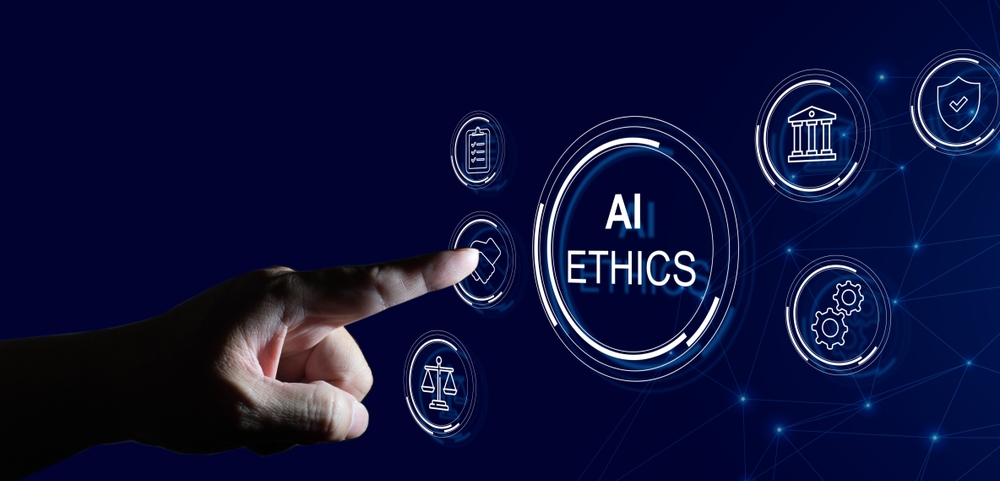
Grok’s development highlights two challenges: environmental strain and ethical safety. As AI scales up, its creators face growing pressure to minimize harm—both ecological and societal.

